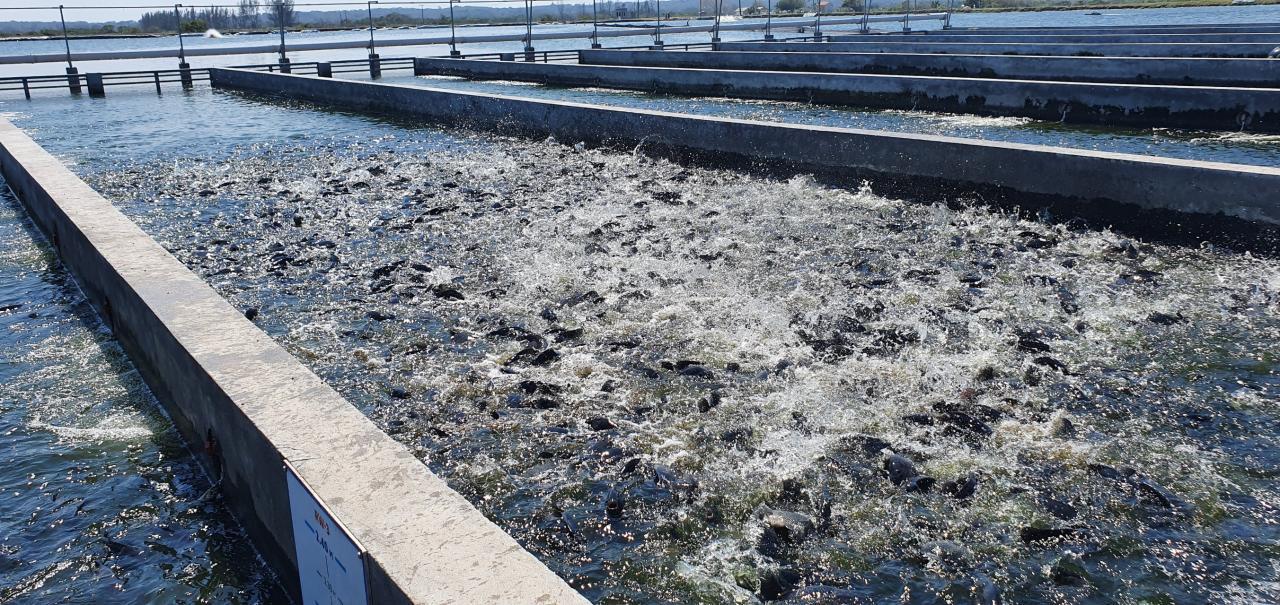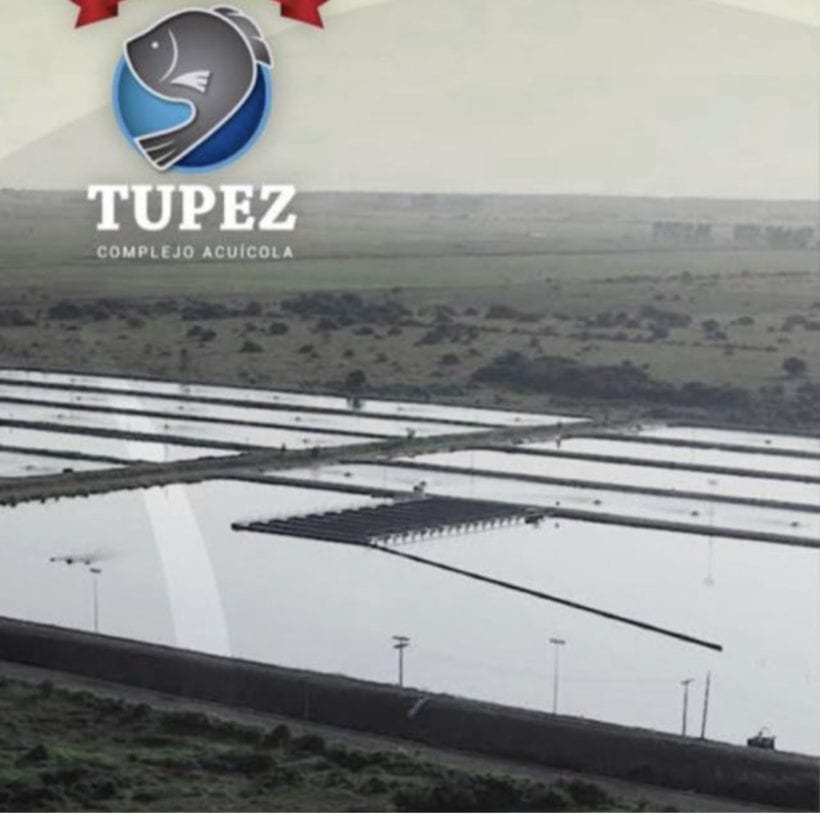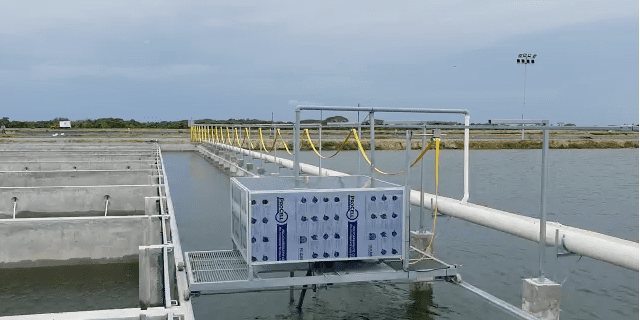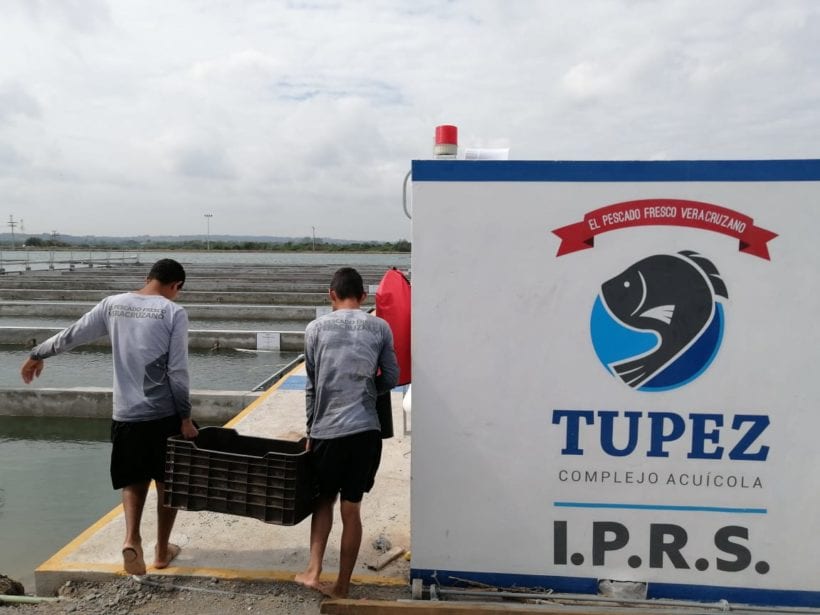Mexican Tilapia Farm Reaches Great Success with IPRS Technology
- Category:
- Aquaculture
- General News

TuPez, one of Mexico’s largest tilapia operations, has reached great technical and economic success using the In Pond Raceway System (IPRS) technology, as demonstrated in previous IPRS projects developed in this country demonstrating the productivity and sustainability of the system. TuPez selected IPRS to make efficient use of an available big earth pond (around 3.5 ha), as a means to address the increasing demand for tilapia in the domestic and export market, and to help face the increasing protein deficit in the Mexican market.
IPRS technology is a very modern strategy in the aquaculture industry, combining the features and benefits of raceway technology, cage culture, recirculating aquaculture systems (RAS) and pond culture. The zero-water exchange greatly enhances water use efficiency and maximizes its productivity. It also captures nutrients for use as crop fertilizer and requires minimal use of additives to ensure food safety and enable biosecurity to minimize opportunity of disease outbreak. Water circulation, mixing and aeration are critical elements to this approach because they accelerate the assimilation of the organic loading of the pond from feeding the fish.
TuPez became interested in IPRS technology via USSEC’s IPRS seminars, after visits to IPRS farms in Vietnam and China in 2018, and after tracking positive results in other IPRS operations in the Americas region. USSEC consultants visited the farm several times and guided them to start IPRS construction in May 2019. Over the next few months, construction work of ten concrete raceways was completed and the fish were stocked in November. After an average of 127 days, TuPez reached a production close to 66 metric tons (MT) of tilapia for the first crop at the four raceways.
Results indicated that the system is highly promising, with the main advantage extracting feces through an automatic system for extraction, which assures the water quality of the system. This is the core of IPRS technology. The system showed a 60% higher production, 140 tons/ha/year, compared to the traditional system of pond production, 87.5 tons/ha/year, which has significantly reduced the energy costs per kg produced. The fish was fed mostly (more than 84%) with feeds of 32% to 35% protein level and 6% fat formulated by USSEC containing more than 50% U.S. Soy. The system was stocked with gray tilapia from its own hatchery of an improved strain.
By applying IPRS technology, fish farmers can produce higher yields. Mexico is one of the leading tilapia producers in Latin American and successfully has adopted IPRS technology, increasing tilapia production and the consumption of U.S. soybean meal in aquafeeds.
IPRS, together with soy-based feed, are central to USSEC’s mission to support and promote sustainable aquaculture around the world. USSEC will help the industry to grow in this region as more Latin American producers adopt this technology and enhance their businesses.



